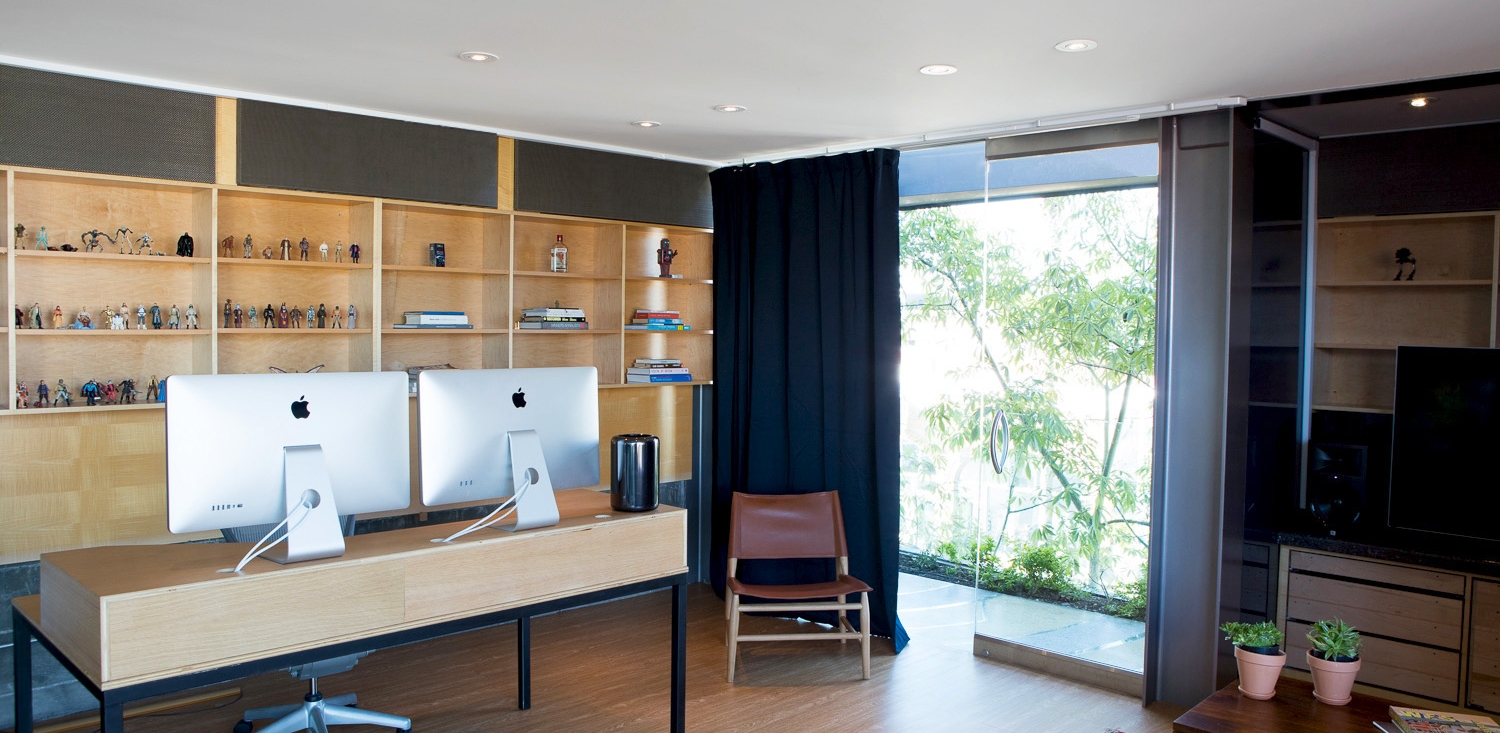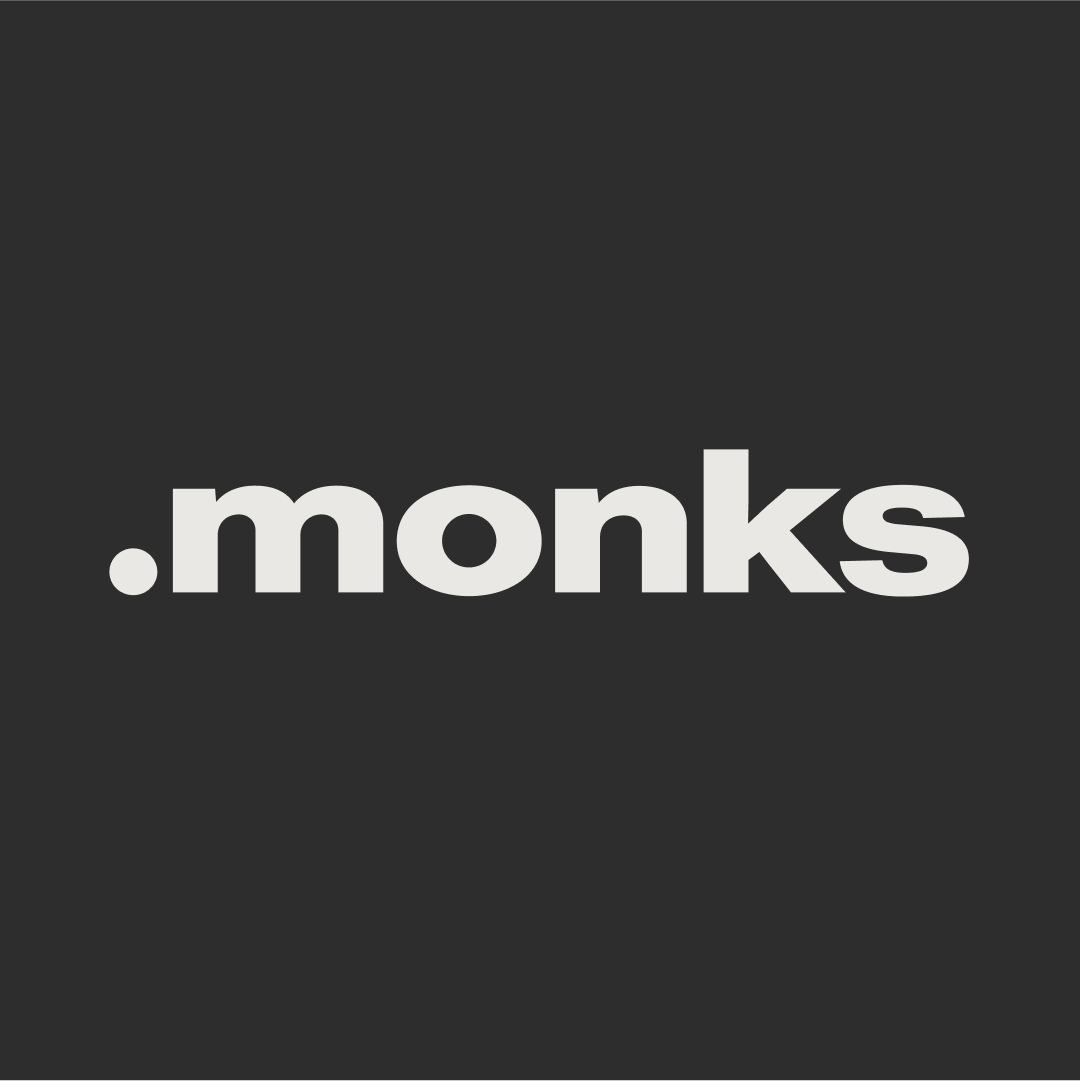Writing Creative Briefs That Inform & Inspire

Every creative project begins with a brief that explains why, when and how the project will be executed. Coming straight from a client or written in collaboration between client and agency, writing a creative brief is no simple endeavor; first, it requires your organization to deeply reflect on what it hopes to achieve through a creative project. Second, it must excite creative partners to do their best work—from the mundane projects to those that seek to provide exhilarating new experiences.
That said, everyone has different ideas on how to write a creative brief that informs and inspires, including us. Coming from the perspective of a creative and production partner that not only executes ideas but often fulfills a consulting and educational role helping clients make the most effective use of emerging technologies, we’ve put together some of our own key tips for writing better, more effective creative briefs.
Include Everything You Know (And Everything You Don’t)
The easiest briefs to work with are those that list out all the details partners need to understand, plan and begin working on your project. This includes easy-to-forget points like specific tools you’re using, platforms you’re working with, project limitations and a list of every deliverable expected or needed.
But gaps are likely to occur when briefing for projects utilizing emerging tech, which requires added market awareness or understanding to use effectively. “We might get a brief asking for a WebAR project, when WebGL would lead to a better user experience,” says Michael Leen, Vice President of Growth at MediaMonks.
Emerging tech platforms can accomplish a variety of goals, which can make it difficult to pinpoint the best one for your need: appealing to a new audience, measuring brand alignment and optimizing budgets are just a few of the goals brands seek to achieve with tech at hand. Our global team consists of experts specialized in different tech disciplines, allowing us to provide a broad yet deep understanding of whichever platform interests our clients. Working closely with those clients, we can carve out a path to successfully meet their objectives.
Creative Briefs Don’t Need to be Brief
“Brief” is a bit of a misnomer—while some might suggest your best bet is to stay concise, your best bet is to be as thorough and detailed as possible. Otherwise, you run the risk of omitting crucial details as noted in the tip above. “I’ve never met a creative who has called a brief too long,” says Leen. While a brief should list out key details for a project, it should also inspire the creative team that will ultimately bring your idea to life.
I’ve never met a creative who has called a brief too long.
One way to inspire potential partners is to provide background or insight behind your brand and its mission, as well as the purpose of the product or service you aim to promote through the project. These details might seem fluffy or superfluous, but it’s a great exercise for ensuring your project aligns with your brand strategy or purpose. For example, a brand seeking to bring people together can highlight an AR project’s potential to provide tools for self-expression, while an organization dedicated to humanitarian aid can highlight the real-world impact of an animated series project that raises awareness of a crisis.
Don’t Forget Your Budget
It’s not uncommon for brands to send out briefs without budgets listed. “Brands might be afraid to include a budget because they think we’ll charge more than they’re asking,” says Leen. “But we build to suit the budgets provided, which means brands that include them get a more detailed response best fitting the budget.” In fact, we aim to over-deliver whenever possible by proposing clever production frameworks that stretch budgets far, ensuring clients get the best value in their investment.
But what should you do if you’re unable to commit to a hard number? Leen suggests offering a budget range or ballpark estimate to help zero in on solutions. “Knowing at least the budget tier, we can suggest different options or technologies to deliver upon a brand’s need,” says Leen.
Keep Focus on Audience Impact
Results are important for any project, though you shouldn’t solely focus on statistics and numbers. When writing any creative brief, focus your vision on the effect your project should have on your audience or the world around them. “Start with the emotional output,” advises Leen. “This approach puts your attention toward the customer perspective and helps us better understand their needs.”
Recognizing the real, tangible impact from a project also helps to inspire partners to get excited and give it their all. Do you want to delight your audience through a unique and unparalleled experience, or tear at their heartstrings through a culturally significant work of art? Do you seek to empower them with resources and information that will profoundly improve their quality of life? Whatever you hope to achieve with your project, highlight the goal for producing high-quality engagement and why your brand is uniquely positioned to achieve it.
Keeping a focus on customer perspective helps us better plan how to meet their needs.
Define Keys to Success
While emotional impact is key, the success of your campaign will be measured in terms of hard numbers. Include any keys to success or specific metrics to ensure both you and your partners are on the same page in your goals—for example, lowering cost per acquisition or optimizing click-through rates. Establishing this early enables partners to begin envisioning a strategy or path to accomplish those goals, baking them into the creative process from step one. Over time, your creative partner can even tweak and optimize long-term projects for better effectiveness, and the KPIs you define now can help them highlight opportunities to drive those results.
While any creative brief should provide all details necessary to bring a project to life, the key is that it inspires and builds excitement for everyone involved—including both the brand and the creative and production team. Fulfilling both these purposes ensures your project will get off on the right foot with minimal friction at the outset. From there, both you and your partner can collaborate to develop a unique, valuable experience for your audience.
Related
Thinking
Sharpen your edge in a world that won't wait
Sign up to get email updates with actionable insights, cutting-edge research and proven strategies.
Monks needs the contact information you provide to us to contact you about our products and services. You may unsubscribe from these communications at any time. For information on how to unsubscribe, as well as our privacy practices and commitment to protecting your privacy, please review our Privacy Policy.



